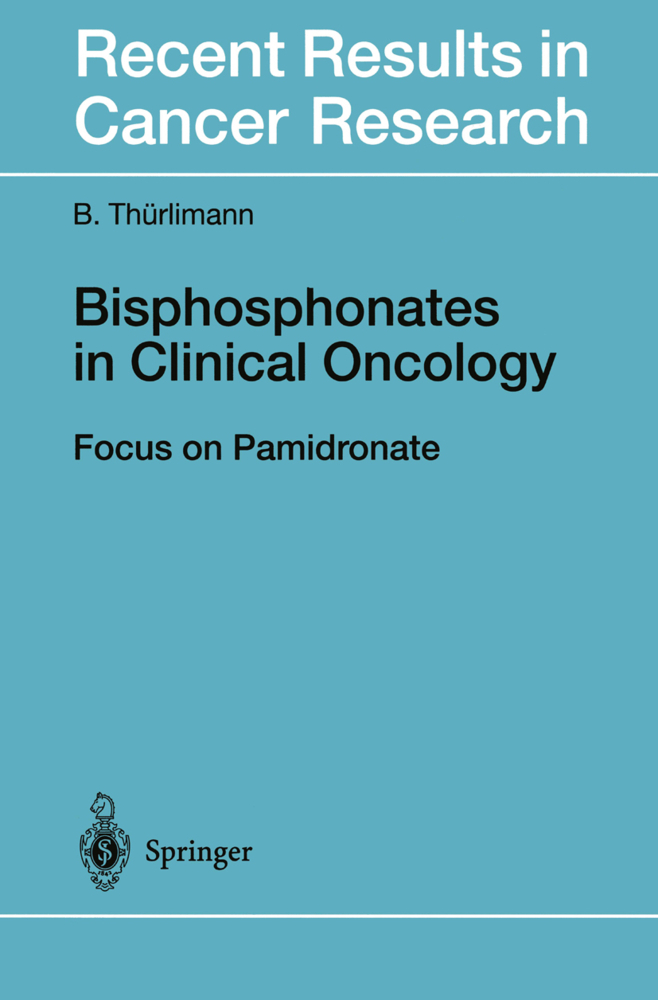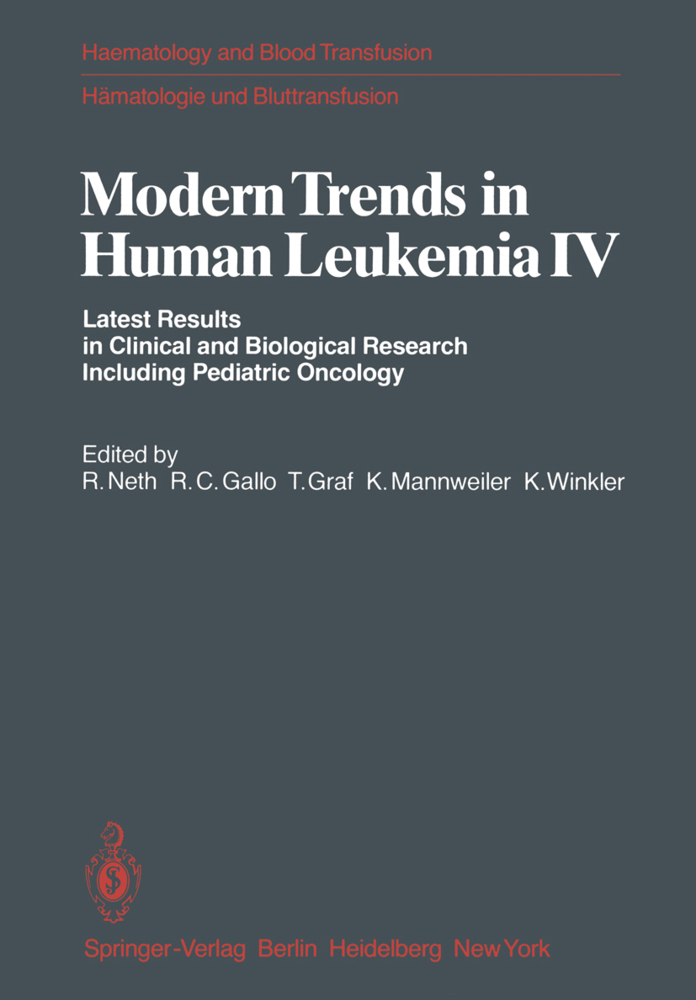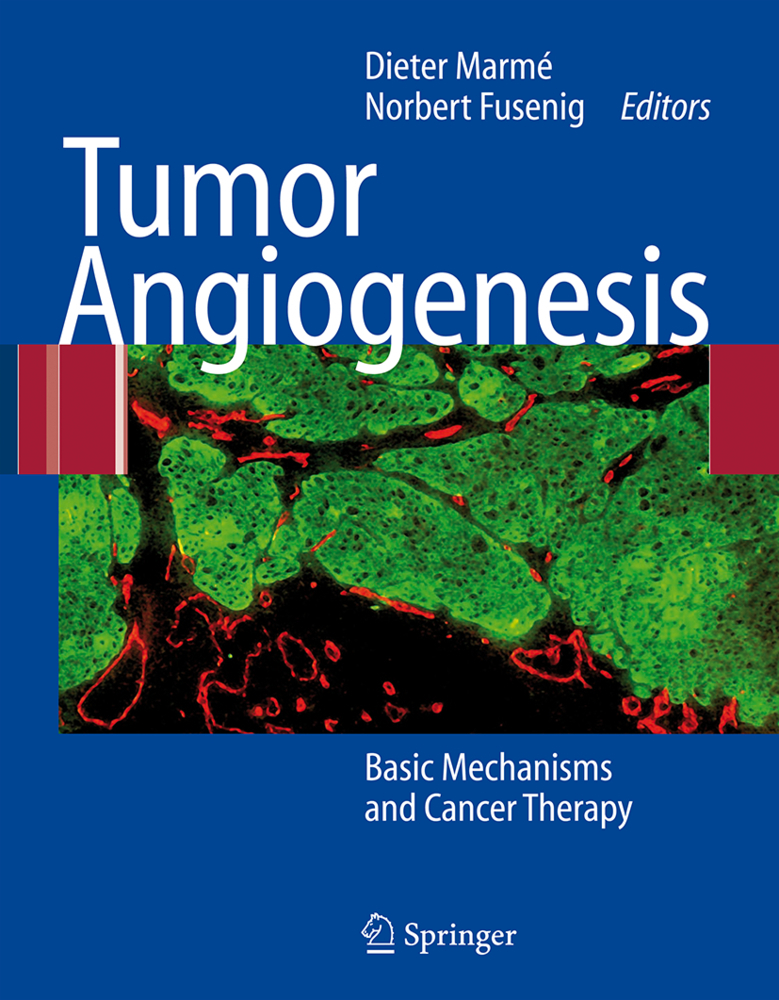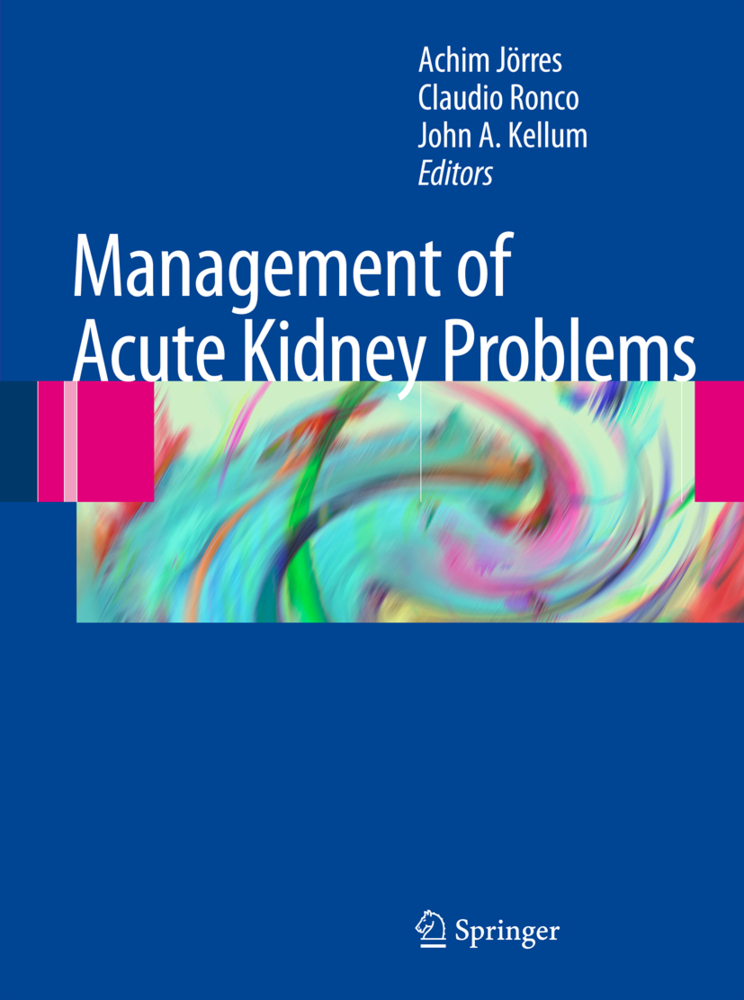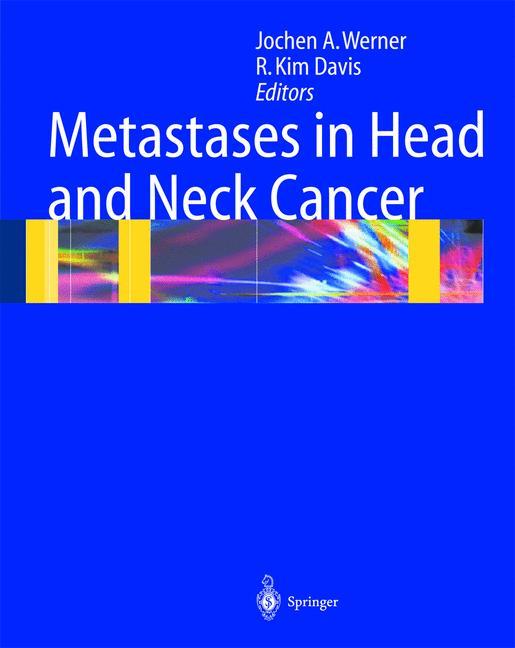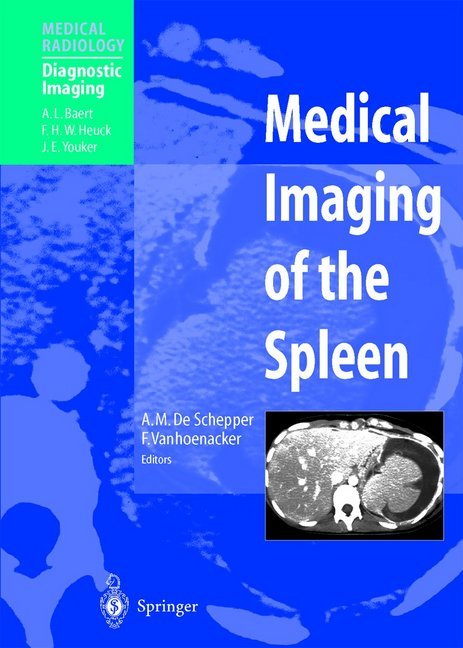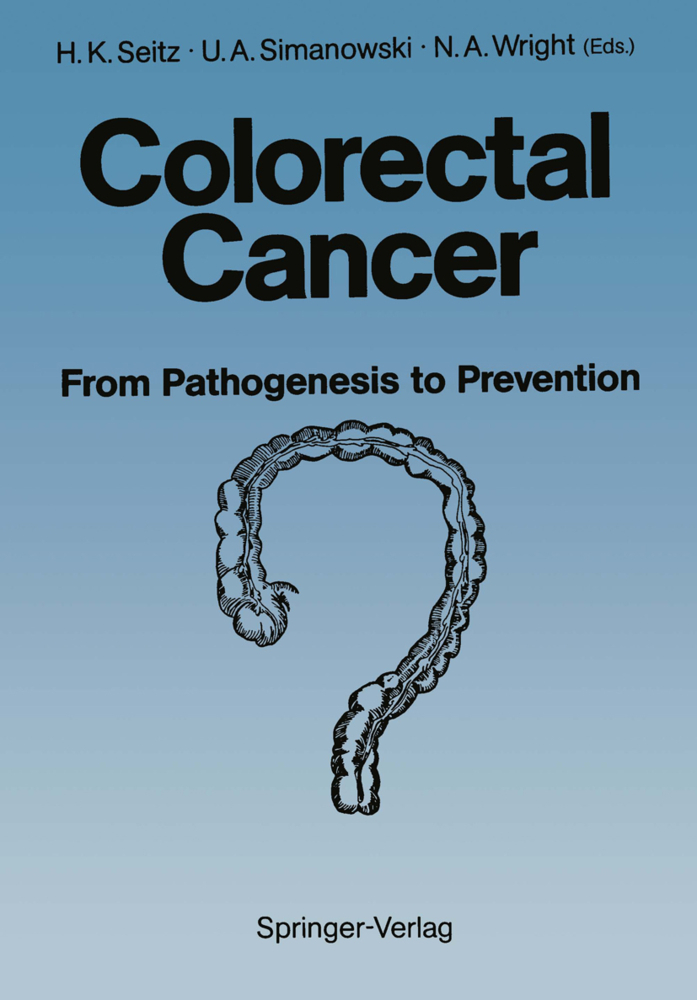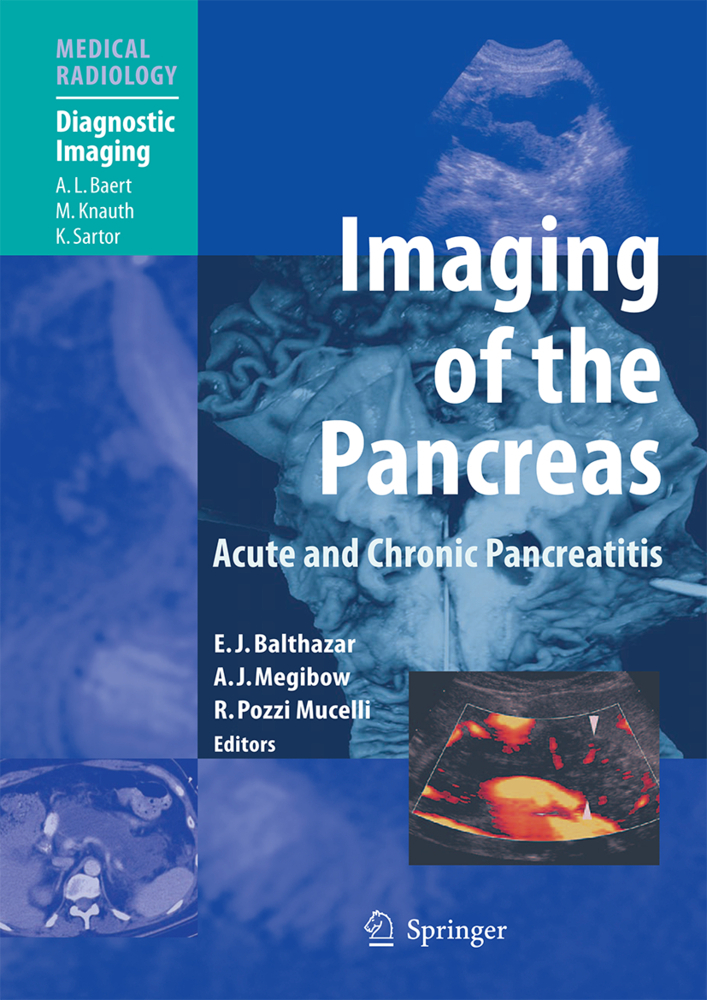Bisphosphonates in Clinical Oncology
The Development of Pamidronate
Bisphosphonates in Clinical Oncology
The Development of Pamidronate
The book gives an overview of the clinical developments in the use of bisphosphonates in clinical oncology. The first part pre sents the composition, physiology, and pathophysiology of bone. Next is a section giving insight into mechanisms of bone resorp tion, bone formation, and bone remodeling, a field in which I was most influenced by O. L. M. Bijvoet and H. Fleisch. The sec ond part summarizes the pharmacological treatments for disor ders of bone remodeling. The clinical aspects of tumor-induced hypercalcemia and its management are described in detail, in cluding our first prospective randomized crossover study testing pamidronate versus mithramycin. The bisphosphonates were in troduced in clinical oncology by endocrinologists. The same was true for our institution in 1986, when P. Burckhardt proposed testing pamidronate in the above-mentioned trial in his institu tion (CHUV) and in our department. The impressive results ob tained in the hypercalcemia trial stimulated our interest, and we actively investigated the use of pamidronate to counteract osteo lytic bone destruction in cancer patients. These investigations are presented and discussed in the third part. They represent the interdisciplinary work involving many co-workers of the Depart ment of Internal Medicine C and other institutes of the Interdis ciplinary Oncology Center St. Gallen (IOSG), which I was privi leged to chair for 10 years. Initially, a pharmacokinetic study was performed in order to optimize and facilitate the administration of the drug to patients with malignant osteolytic bone disease.
Cortical Bone
Trabecular Bone
Composition of Bone
Bone Cells
Factors Regulating Calcium Homeostasis and Bone Resorption/Bone Formation
References
Bone Resorption
Mechanisms of Local Bone Resorption
References
Bone Formation
Cells of the Osteoblast Lineage
Osteocalcin
Other Bone Matrix Proteins
Bone Mineralization
References
Factors Regulating Bone-resorbing Cells and Bone-forming Cells
Parathyroid Hormone
Calcitonin
Vitamin D3
Prostaglandins
Interleukin-1
Tumor Necrosis Factor and Lymphotoxin
Interleukin-4
Interleukin-6
?-Interferon
Colony-stimulating Factors
Osteoclast-forming Factor
References
Factors Regulating Bone Formation
Transforming Growth Factor ? (TGF- ?)
Fibroblast Growth Factors
Platelet-derived Growth Factor
Bone Morphogenetic Proteins
Insulin-like Growth Factors
References
Pharmacological Treatment of Bone Disorders
Estrogens and Antiestrogens
Calcium
Fluoride
Vitamin D3/Calcitriol
Phosphate Therapy
References
Bisphosphonates
Pamidronate: From a Detergent in Washing Powder to a Registered Drug
References
Chemical Structure and Preclinical Evaluation
Chemical Structure
Biological Effects
Pharmacokinetics
Distribution
References
Hypercalcemia of Malignancy
Magnitude of the Problem
Pathogenesis
Mediators
Treatment
Rehydration and Supportive Care
Plicamycin (Mithramycin)
Dialysis
Bisphosphonates
Other Bisphosphonates
Gallium Nitrate
Cisplatin
References
Malignant Osteolytic Bone Disease
Magnitude of the Problem
Interdisciplinary Management
Etidronate
Oral Formulations of Second- and Third-generation Bisphosphonates
References
Pamidronate.-Pharmacokinetics of Pamidronate in Patients with Bone Metastases
References
Pamidronate for Pain Control in Patients with Malignant Osteolytic Bone Disease: A Prospective Dose-Effect Study
Patients and Methods
Results
Discussion
Conclusion
References
A Prospective, Randomized, Dose-finding Study of Pamidronate in Patients with Malignant Osteolytic Bone Disease
Patients and Methods
Statistical Analysis
Results
Patients Characteristics
Properties of LASA Scales and PSC
Efficacy (LASA)
Efficacy (PS, PSC, and Use of Analgesics)
Efficacy (Laboratory Values)
Treatment Duration
Toxicity and Side Effects
Multivariate Analysis
Conclusion
References
Pamidronate Versus Controls in Patients with Metastatic Breast Cancer and Bone Metastases
Pamidronate for Inhibition of Bone Progression in Patients with Advanced Breast Cancer: A Randomized, Multicenter Phase-III Trial
Patients and Methods
Results
Discussion
References
Aredia in the Indication of Osteolytic Bone Metastases of Breast Cancer: A Model for Evaluation of Cost-Benefit
References
Prospective, Randomized, Double-blind, Dose-finding Study in Patients with Malignant Osteolytic Bone Metastases and Pain: 60 mg vs. 90 mg Pamidronate
Aim of the Study
Study Design
Treatment
Statistical Considerations
Patient Characteristics
Results
Pain Intensity
Responders/Nonresponders
Pain Improvement
Pain Frequency
General Well-being
Pain Score
Performance Status
Analgesic Score
Total Bone Mineral Density
Correlation of Results from Selected End Points
Pain Intensity and Bone Mineral Density
Correlation of Bone Mineral Density and Diagnosis
Discussion
References
Cost-Effectiveness Analysis of Pamidronate Treatment in Patients with Advanced Malignant Osteolytic Bone Disease: SG 110/93 Plus
Patients and Methods
Results
Conclusion
Recent Developments and Future Directions
Ibandronate
Pamidronate
Adjuvant Bisphosphonate Therapy
Future Directions
References.
Physiology and Pathophysiology of Bone
Natural History of the SkeletonCortical Bone
Trabecular Bone
Composition of Bone
Bone Cells
Factors Regulating Calcium Homeostasis and Bone Resorption/Bone Formation
References
Bone Resorption
Mechanisms of Local Bone Resorption
References
Bone Formation
Cells of the Osteoblast Lineage
Osteocalcin
Other Bone Matrix Proteins
Bone Mineralization
References
Factors Regulating Bone-resorbing Cells and Bone-forming Cells
Parathyroid Hormone
Calcitonin
Vitamin D3
Prostaglandins
Interleukin-1
Tumor Necrosis Factor and Lymphotoxin
Interleukin-4
Interleukin-6
?-Interferon
Colony-stimulating Factors
Osteoclast-forming Factor
References
Factors Regulating Bone Formation
Transforming Growth Factor ? (TGF- ?)
Fibroblast Growth Factors
Platelet-derived Growth Factor
Bone Morphogenetic Proteins
Insulin-like Growth Factors
References
Pharmacological Treatment of Bone Disorders
Estrogens and Antiestrogens
Calcium
Fluoride
Vitamin D3/Calcitriol
Phosphate Therapy
References
Bisphosphonates
Pamidronate: From a Detergent in Washing Powder to a Registered Drug
References
Chemical Structure and Preclinical Evaluation
Chemical Structure
Biological Effects
Pharmacokinetics
Distribution
References
Hypercalcemia of Malignancy
Magnitude of the Problem
Pathogenesis
Mediators
Treatment
Rehydration and Supportive Care
Plicamycin (Mithramycin)
Dialysis
Bisphosphonates
Other Bisphosphonates
Gallium Nitrate
Cisplatin
References
Malignant Osteolytic Bone Disease
Magnitude of the Problem
Interdisciplinary Management
Etidronate
Oral Formulations of Second- and Third-generation Bisphosphonates
References
Pamidronate.-Pharmacokinetics of Pamidronate in Patients with Bone Metastases
References
Pamidronate for Pain Control in Patients with Malignant Osteolytic Bone Disease: A Prospective Dose-Effect Study
Patients and Methods
Results
Discussion
Conclusion
References
A Prospective, Randomized, Dose-finding Study of Pamidronate in Patients with Malignant Osteolytic Bone Disease
Patients and Methods
Statistical Analysis
Results
Patients Characteristics
Properties of LASA Scales and PSC
Efficacy (LASA)
Efficacy (PS, PSC, and Use of Analgesics)
Efficacy (Laboratory Values)
Treatment Duration
Toxicity and Side Effects
Multivariate Analysis
Conclusion
References
Pamidronate Versus Controls in Patients with Metastatic Breast Cancer and Bone Metastases
Pamidronate for Inhibition of Bone Progression in Patients with Advanced Breast Cancer: A Randomized, Multicenter Phase-III Trial
Patients and Methods
Results
Discussion
References
Aredia in the Indication of Osteolytic Bone Metastases of Breast Cancer: A Model for Evaluation of Cost-Benefit
References
Prospective, Randomized, Double-blind, Dose-finding Study in Patients with Malignant Osteolytic Bone Metastases and Pain: 60 mg vs. 90 mg Pamidronate
Aim of the Study
Study Design
Treatment
Statistical Considerations
Patient Characteristics
Results
Pain Intensity
Responders/Nonresponders
Pain Improvement
Pain Frequency
General Well-being
Pain Score
Performance Status
Analgesic Score
Total Bone Mineral Density
Correlation of Results from Selected End Points
Pain Intensity and Bone Mineral Density
Correlation of Bone Mineral Density and Diagnosis
Discussion
References
Cost-Effectiveness Analysis of Pamidronate Treatment in Patients with Advanced Malignant Osteolytic Bone Disease: SG 110/93 Plus
Patients and Methods
Results
Conclusion
Recent Developments and Future Directions
Ibandronate
Pamidronate
Adjuvant Bisphosphonate Therapy
Future Directions
References.
Thürlimann, Beat
| ISBN | 978-3-642-64148-0 |
|---|---|
| Artikelnummer | 9783642641480 |
| Medientyp | Buch |
| Auflage | Softcover reprint of the original 1st ed. 1999 |
| Copyrightjahr | 2011 |
| Verlag | Springer, Berlin |
| Umfang | XIV, 113 Seiten |
| Abbildungen | XIV, 113 p. |
| Sprache | Englisch |

